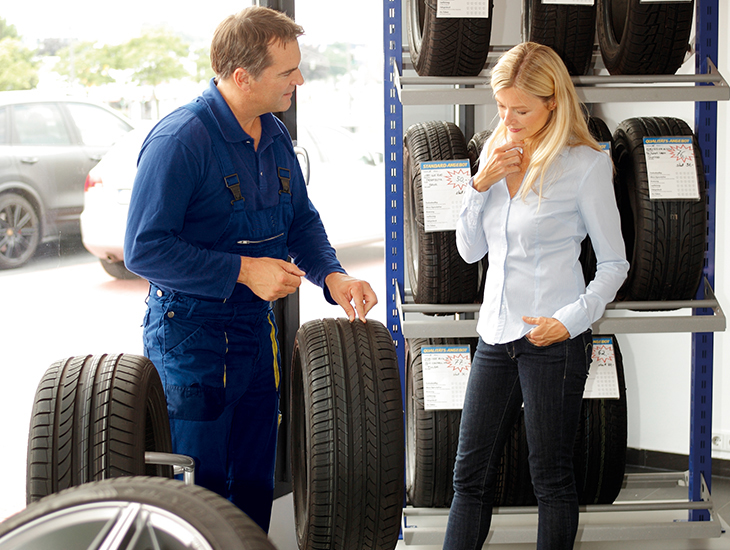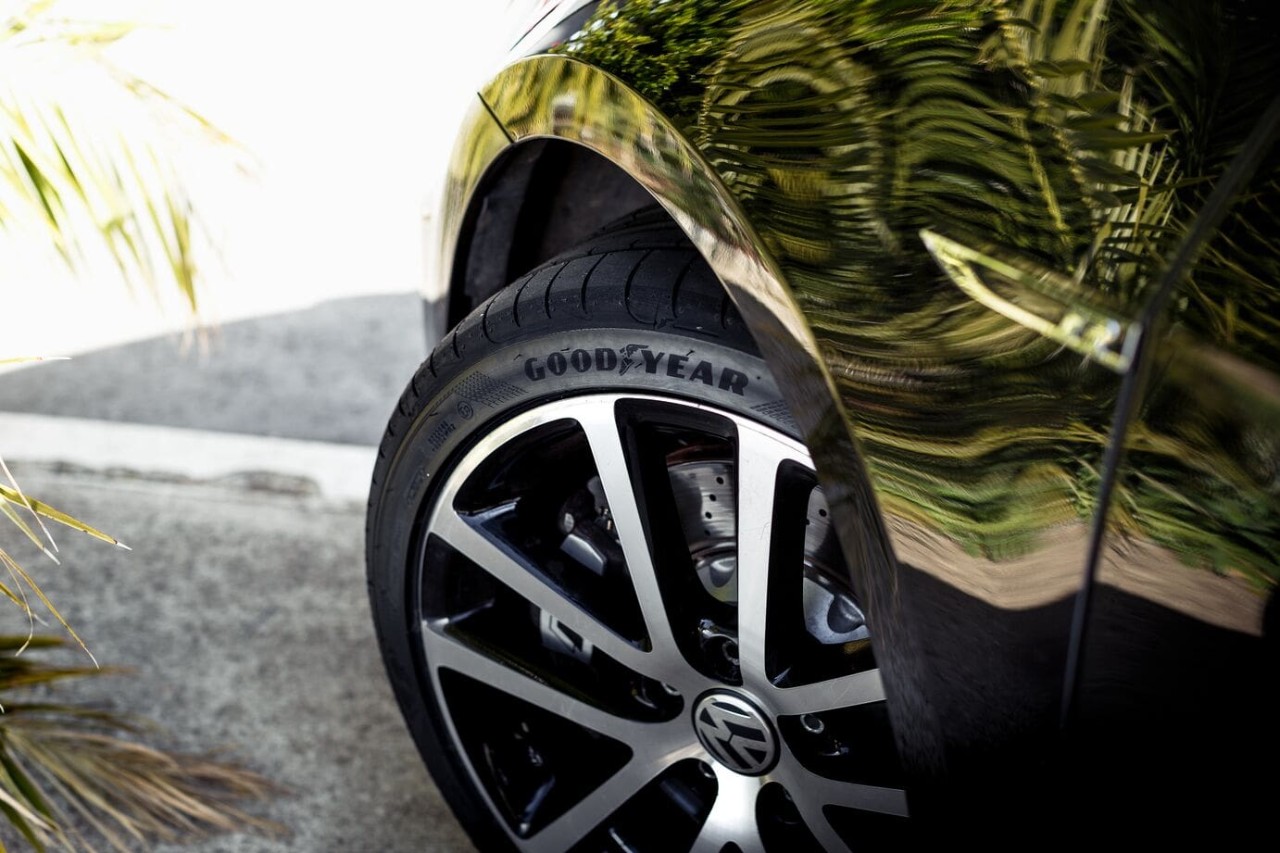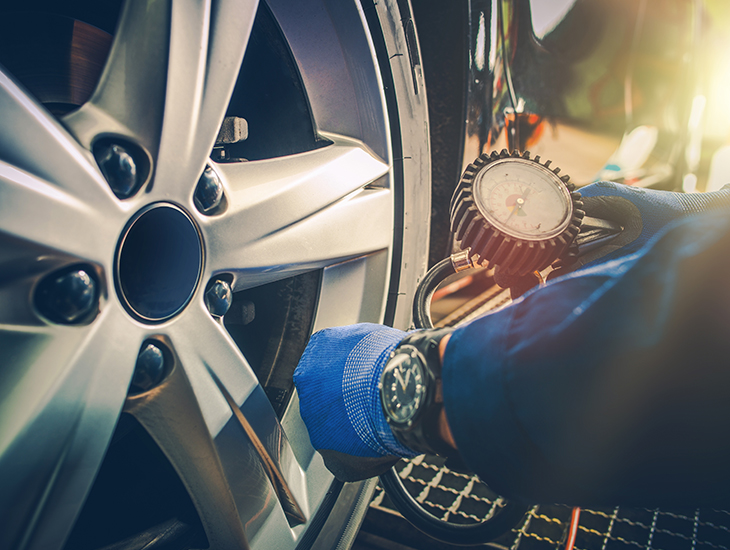A primary groove must have a tread depth of 1.6mm. Some grooves sometimes called secondary grooves may by design be shallower. These can be identified if they do not have a tread wear indicator in them. The legal tread depth limit for tyres in the UK is 1.6mm – anything below this will result in MOT failure and possibly a hefty fine and points on your license if stopped by the police. Having plenty of tread left on your tyre is essential for grip, traction and aquaplaning resistance – which is why you should be regularly checking tread depth to ensure you change your tyres before reaching the legal limit.
You can check your tread depth quickly and easily via the tread wear bars visible on your tyres or using a depth gauge. You can also use a 20p coin to check the tread – to learn more read our guide to checking your tyre treads.













